These Huge Brands Are Quietly Fading Out Of Existence
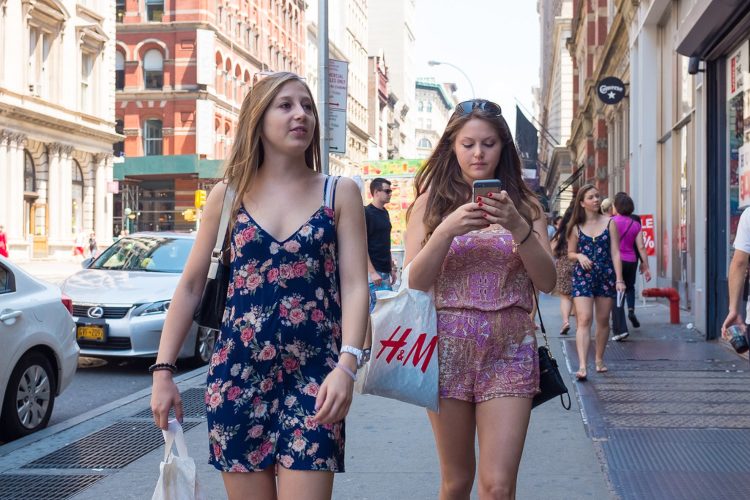
The millennial generation is one of the most influential populations in our culture today. Twenty and thirty somethings have some serious clout when it comes to dictating what’s hot and what’s not. Even other consumer groups listen to their opinions and tend to move in the same direction.
Once millennials have spoken, your product is now headed to YouTube for millions to see, or it’s on its way to the forgotten product graveyard. Which products will make the cut? Which will we mourn over? You might notice that you haven’t seen some of these products nearly as much over the past few years
Crocs

Sorry, moms and dads, gardeners, and kids on the playground–Crocs are no longer cool. What went wrong? The Croc was durable, lightweight, and waterproof, making it a dream shoe for those who like outdoor fun and getting dirty.
Perhaps it’s due to the fact that competing companies came up with a way to copy their design for a fraction of the price; Crocs stores are closing in droves across the country, so you’d best get a pair or two while you still can.
Diet Pepsi
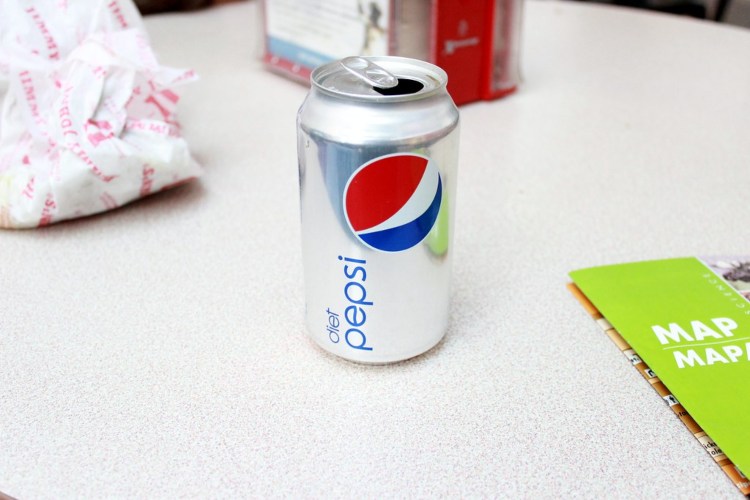
While Diet Pepsi was crazy popular in the nineties, you’d be hard-pressed to find anyone at the grocery store with it in their cart. Sales have fallen drastically in recent years, partially due to the fact that aspartame received less than stellar marks as a suitable sugar substitute.
Health-conscious consumers are reaching for beverages such as freshly squeezed juices and sparkling water these days; with the array of choices on the market for healthier beverages, it has never been easier to make sure your drink choices fall in line.
Apple iPod

The iPod was the next best digital device; a breakthrough for music lovers everywhere. Its sleek design and promise of quality sound had people lining up for a piece of the action. By 2007, the company had sold over 100 million devices, and it was reported that even Obama enjoyed a good workout session with his iPod.
After giving one to Queen Elizabeth as a gift, the inception of the iPhone made savvy tech consumers realize that the newer device could meet all of their music needs–and perform hundreds of other functions. Once it was determined that the iPod was no longer needed, only staunchly loyal users continued to keep their music and their other tech affairs separate. Apple announced in May of 2022 that they were discontinuing the device, much to many users’ sadness.
Victoria’s Secret

It’s no secret anymore. Victoria’s Secret is looking a bit shabbier these days. Many savvy consumers report that the store has lost a bit of its appeal with its over-the-top sexuality, garish design, and high prices.
Sales on even their most popular items have been steadily declining since 2016, and even with the turnover of top executives, the store is still slated to close at least 250 stores in 2020.
Campbell’s Soup
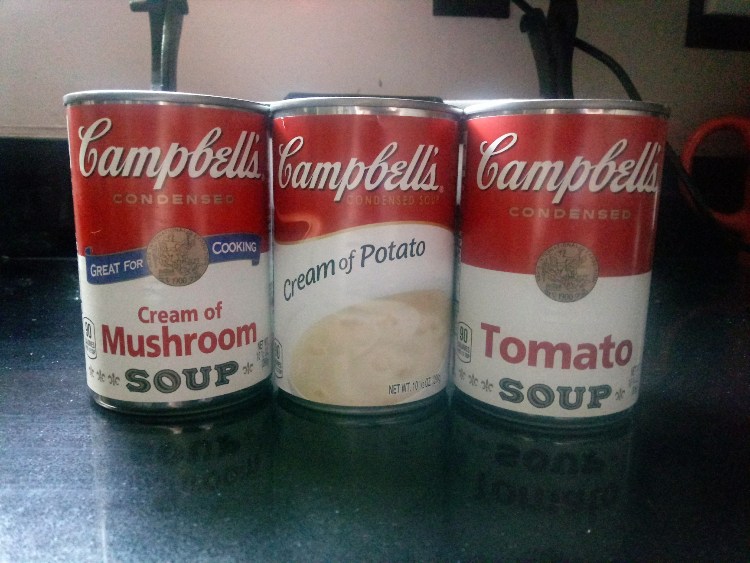
Once a brand that dominated kitchens and cuisine everywhere, Campbell’s soup labels are going to be more likely to appear on graphic tees in upcoming years.
Processed ingredients and excess sodium required to make Campbell’s soup brand simply don’t appeal to health-conscious consumers anymore. In a last-ditch effort to drum up business, Campbell’s has been focusing on broths and organic blends in recent years, but even this marketing strategy isn’t working. So long Campbells….it’s been souper.
Budweiser

Budweiser is no longer the king—the brand fell from grace to number 4 in 2018, and it has struggled to maintain that position since then.
With the evolution of craft and specialty beers, Bud is simply not seen as trendy enough to drink. With the array of craft offerings and specialty drinks on the market today, it cannot compete with the discriminating consumer.
Kodak

What once started as a “Kodak moment” has faded into obscurity in the light of digital photography, social media, and accessibility. Kodak was a film and photography institution; now it is struggling to stay afloat since it declared bankruptcy in 2012.
Kodak is now dabbling in “Kodacurrency”, the latest trend in cryptocurrency, as a means of protecting the rights to photography and images, but it may be even too late for this movement. It’ll inevitably be lights out for the former media giant.
Harley-Davidson
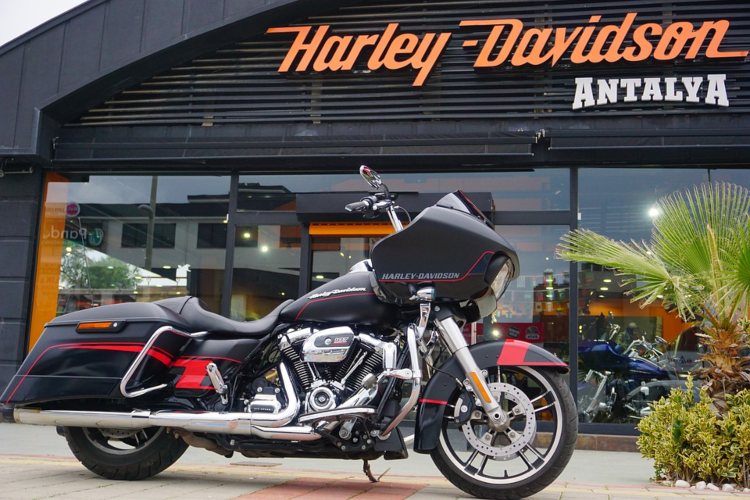
With millennials choosing to take advantage of ride-sharing and public transportation, owning a luxury item like a Harley-Davidson may be a thing of the past.
Not only are these bikes overpriced and hard to repair, but fewer mechanics are willing to work on something so costly. That makes owners of Harley-Davidson motorcycles hard-pressed to find a way to keep their beast in shape.
Jell-o
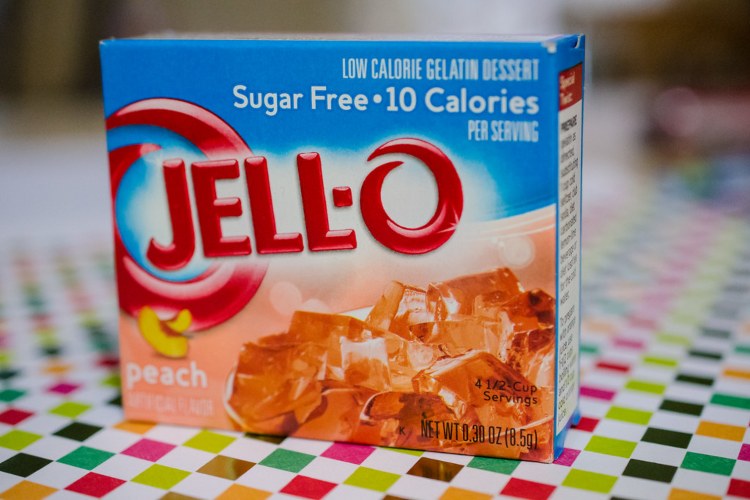
Does anyone really eat that stuff anymore? Jell-o is reminiscent of simpler times–mold rings, bell-bottom jeans, and progressive and potluck dinners. Where did we go wrong? This delicious treat could be filled with any number of enhancements that can take you to new heights of taste, or it could go horribly wrong with taste and texture combinations.
Jell-o has had trouble in recent years keeping up with consumer demand for healthy, non-processed snacks and treats. Even their line of edible slime has not managed to win over young shoppers. Maybe it’s time to put that mold away for good.
Gap
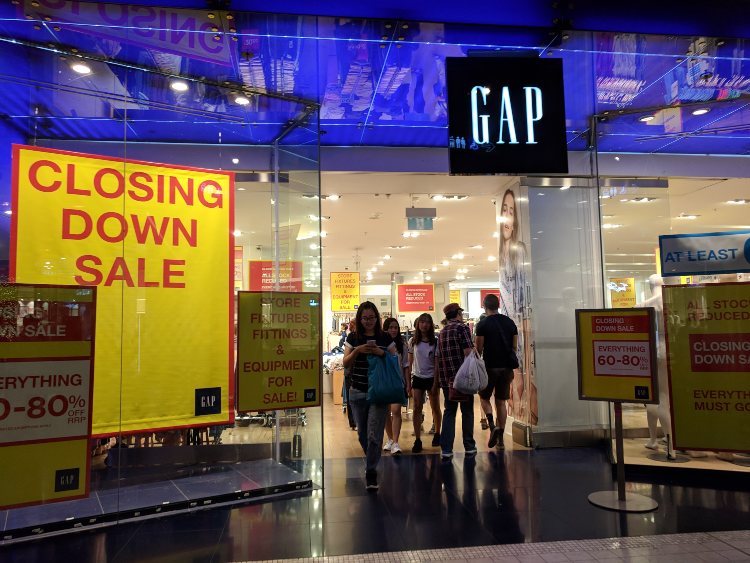
Not so long ago, a catchy slogan invited shoppers to “fall into the gap”. They had a loyal following for a while, but now it seems that there has been a serious gap in revenue vs. expenses.
This is bad news for subsidiary companies like Banana Republic, Old Navy, and Athleta. If you are heading off to your shift at one of these retailers, it may be time to look for a new job. With a dull image and lackluster fashion offerings, Gap is not likely to stay open for much longer.
Chevrolet Volt
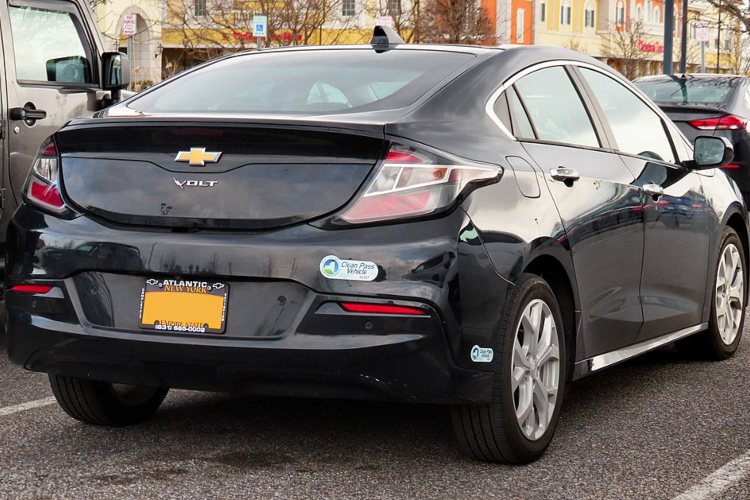
GE has officially pulled the plug on its electric car, the Volt. As of March 2019, they have halted production of this engineering marvel, as most car buyers are looking for more room and more power in their vehicles.
There are still eco-friendly cars that can meet your needs for space and power, but most of these come in hybrid form. Get ready to spend some serious coin on these models, but at least you’ll have peace of mind that you’re going easy on the environment.
Chef Boyardee
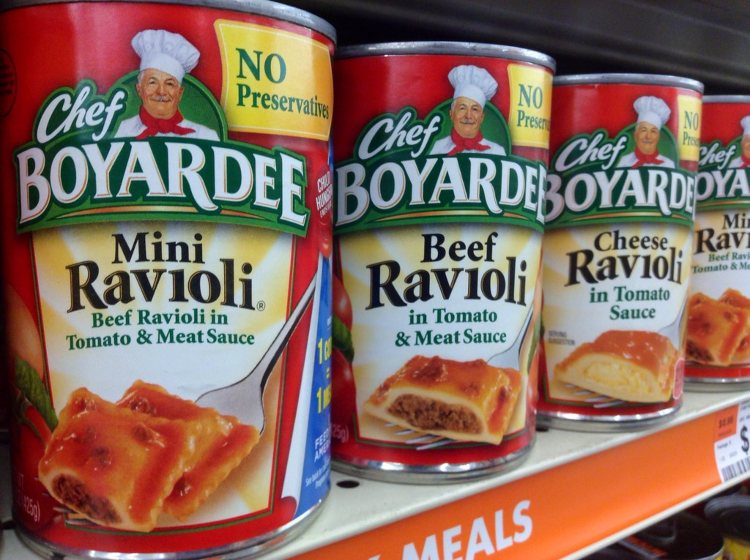
Who doesn’t remember nostalgic days of spaghetti-o’s and pasta from a can? While they may have been gold-standard lunches back in the day, they are fading out in favor of more sophisticated fare.
Canned food is not desired by many these days; and while Chef Boyardee products have been amping up efforts to meet the demand for higher-quality ingredients and fresher taste, there is only so much you can do with a canned version of your favorite Italian. You’re better off making the real thing.

It was once all the rage in social media platforms; now Twitter is fizzling like a 4th of July sparkler. Twitter put itself up for sale in 2016 amidst rumors of financial trouble and legal issues arising from harassment and abuse of its platform.
It’s possible that in the coming years, we witness a complete turnover of Twitter business to organizations like Friendster and Vine.
Tiffany and Co.

That signature blue box has made hearts flutter for decades; although it’s true that its legacy of quality and beauty has satisfied many who seek sparkly fulfillment, they may have printed their last turquoise gift box.
Due to changes in societal expectations around cohabitation and marriage, many couples are opting for more economical ways to express their love, such as the purchase of a home. We’re sad to see this tradition go, but we are all in favor of responsible fiscal management.
Fiat
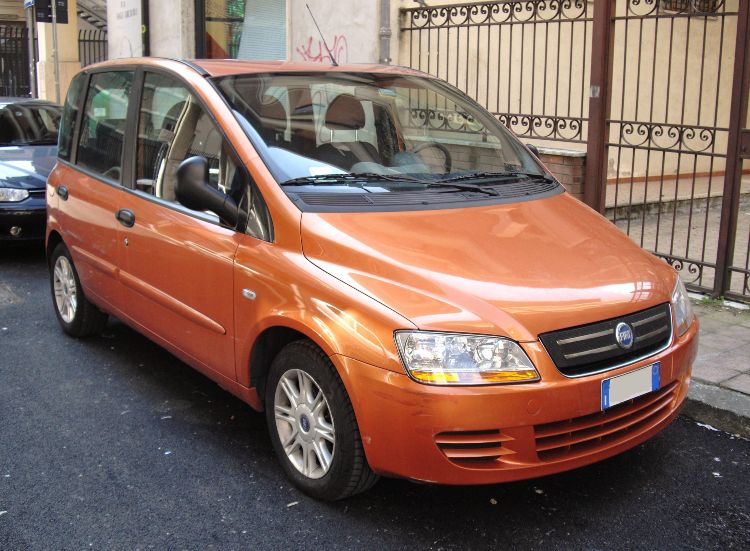
Fiat may still be a popular brand in Italy, but its supply is dwindling in the United States and other countries. While its design is economical with regard to fuel consumption, many think the car is just too small.
This compact flash-in-the-pan also offers a choppier ride than one might feel comfortable with, and when compared to other vehicles on the road, the Fiat might not do so well when involved in fender benders. You’re better off buying local to ensure that you are getting the best bang for your buck.
SlimFast
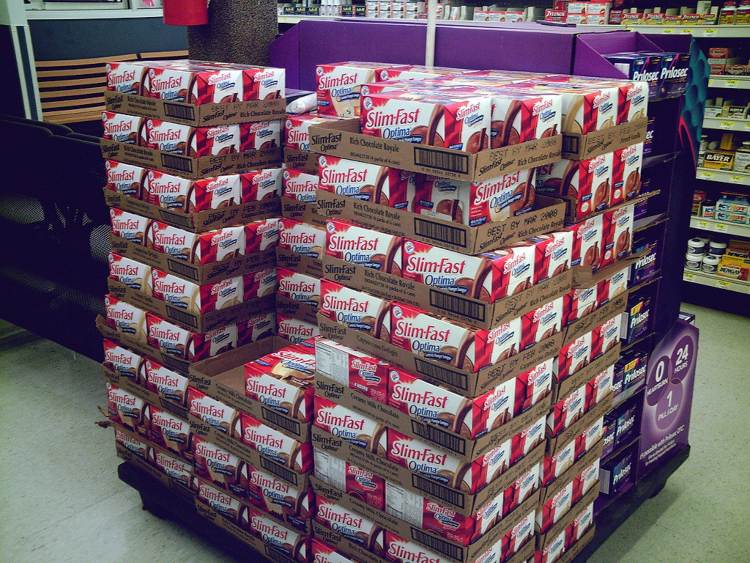
Once all the rage with busy moms and people looking to lose a few pounds quickly, the SlimFast program did actually work for many calorie watchers in the 80s and 90s. Its outdated design and less-than-desirable flavor make it unappealing to the next generation.
Even with the addition of cookies, bars, and other savory snacks, SlimFast can’t compare to other brands and diet options that are more available and, quite frankly, trendier. Move over, SlimFast—-it’s time to try keto and paleo for a while.
Kenmore
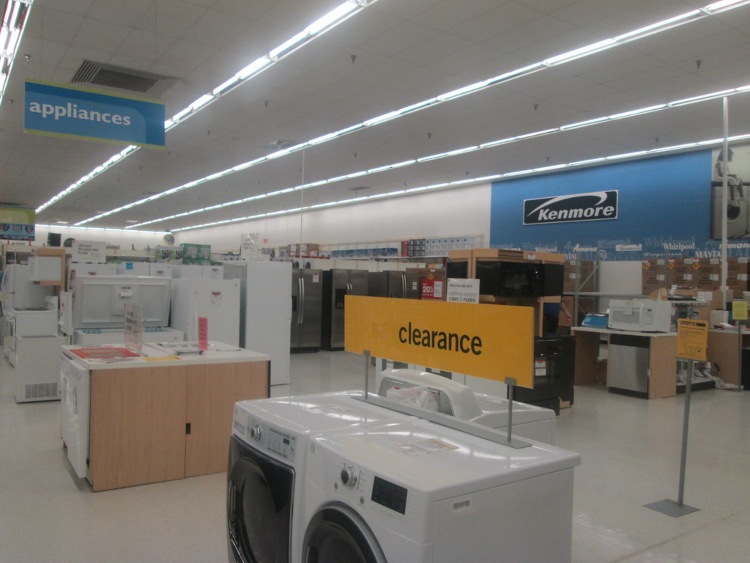
Kenmore has been a household appliance name for decades. Now that sponsoring company Sears is going belly up, its preferred brand, Kenmore, is no longer sitting in the number one spot for appliances.
“Kenmore has become the flip phone of the appliance industry”, says industry insider Sean Maharaj, director of retail practice at AArete. A revolution of smart appliances and technologically advanced cookware make Kenmore a thing of the past.
Blackberry
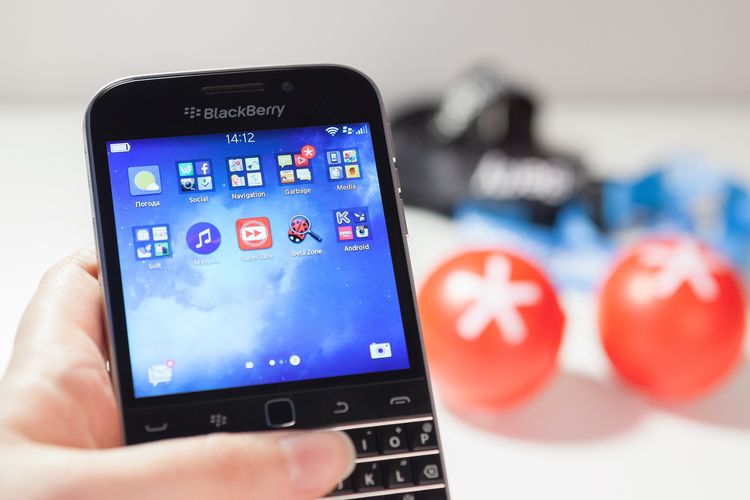
Before everyone carried an iPhone or an Android, there was Blackberry. In the days before everybody had a smartphone handy, business professionals could be seen typing furiously on these devices as they kept up to date on their work messages and emails.
As of 2013, there were over 85 million Blackberry subscribers. But by 2016, they were down to 23 million users. As of January 2022, Blackberry announced that it was shutting down its classic phone forever. So long BBM.
Wheaties

The breakfast of champions just isn’t selling like it used to. Wheaties used to play on an unsuspecting public by using sports icons, Olympic athletes, and other supremely fit individuals on its label as a means of suggesting that we, too, may look like them–just by incorporating the iron-rich flakes into our morning routine.
Younger consumers are now stating that cereal is no longer a convenience item, as it can’t be eaten on the go. Millennials are now opting for lower-carb, portable snacks for breakfast such as breakfast burritos, eggs, and keto smoothies to power their days.
Odwalla

Chug those fruit and veggie smoothies while you still can; Odwalla is about to sail off into the sunset. Coca-Cola’s attempt to gain the loyalty of more health-conscious consumers is going to be put to rest as of July.
One reason for declining sales is a movement toward keto and paleo living, which discourages the consumption of simple carbohydrates. People are less inclined to drink their calories these days, and we are sad to see them go. They were tasty.
Kraft Singles

Who doesn’t remember a good cheese sandwich enjoyed in the heat of summer play? Its plastic appeal held us fast while we watched its melty goodness transform toasted bread into the perfect grilled cheese. Sadly, Kraft has announced that it intends to cease production of this processed wonder in the months to come.
Today’s millennial consumer is simply more discriminating about his cheese choices, and although melting might be a bit more inconvenient, the time sacrifice is well worth the improved taste and quality. Bring on the griddle!
Forever 21

No one escapes the aging process, least of all the Forever 21 brand. Due to changing fashion and shopping habits, the clothing chain had no choice but to declare bankruptcy in 2019.
Its target audience, teens and twenty-somethings, have started to pay more attention to sustainable business practices and are choosing to support companies that give back to society, a practice that the chain did not emphasize. We choose to buy our organza skirts and cheesy taco tops at thrift shops these days, and our wallets are thanking us.
Kellogg’s Cereals
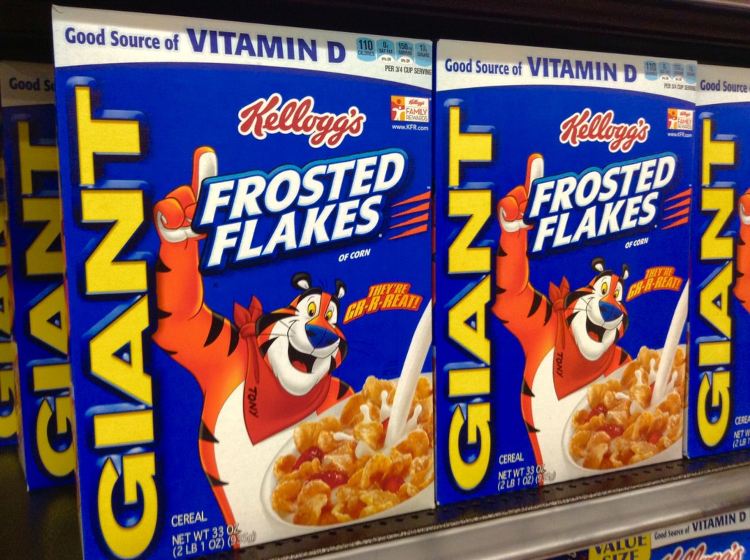
Thanks to television sensation Stranger Things, Eggo waffles are enjoying a resurgence in popularity. Unfortunately, this is not the case for Kellogg’s cereals. Cereal companies continue to experience a decline in sales, as few want to live nostalgically through bowls of cereal each morning.
On-the-go Americans are opting for on-the-go meals and snacks, and crunchy bowls of cereal with milk just won’t work behind the wheel on your morning commute. While the company itself isn’t going anywhere, thanks to its evolution of snacks, crackers, and other convenience foods, we will be seeing cereals continue to disappear from store shelves.
Applebee’s
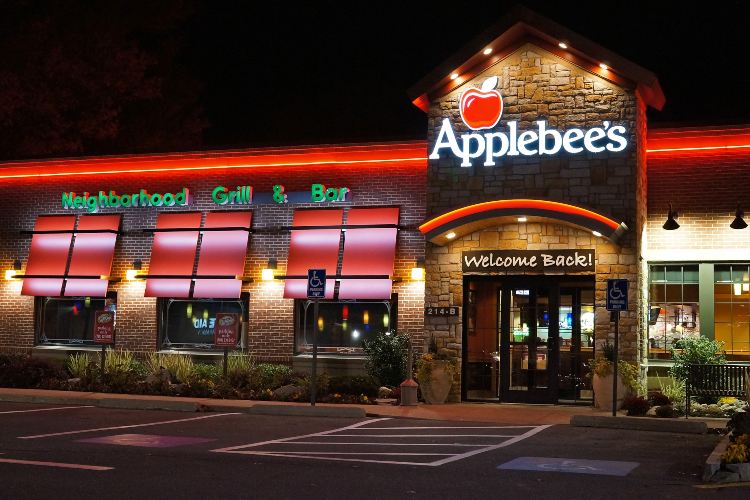
Although we’d like to blame the pandemic for Applebee’s declining sales, this is not the only reason that the popular restaurant chain may be going belly up shortly.
Younger millennials tend to gravitate to fast-casual restaurants like Chipotle, LeeAnn Chin, and other cafeteria style places to grab some grub. Now that faster, healthier fare is accessible to most, the Americana food that used to be Applebee’s claim to fame is losing some of its flavor.
Claire’s
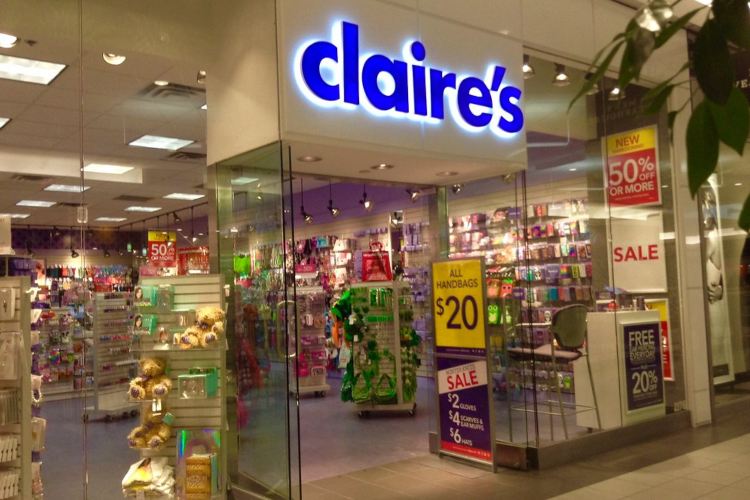
What used to be a veritable oasis of glitz and glitter for young fashionistas everywhere is simply not an appealing storefront anymore. The chain of stores officially declared bankruptcy in 2018.
Blame it on slower foot traffic in malls or blame it on the neon spiky ball earrings that used to be so popular—the fact of the matter is that we can find more tasteful jewelry options elsewhere.
H&M

Another store headed for the fashion graveyard is H&M, and their sales were declining even before the pandemic began. Like its younger cousin Forever 21, excess inventory and slow sales have been clogging up the pipes for some time now.
Surprisingly high prices, slow traffic in malls, and an increasing number of consumers turning to online shopping have forced many H&M stores to close already, and things aren’t looking good for the remaining ones.
Ann Taylor And Her Sisters

Ascena, the parent company to Ann Taylor and Loft, is reportedly nearing bankruptcy. Latest new reports state that the company intends to close almost a third of its stores within the next few years.
And this brand isn’t the only one slipping away. The following are other chains that are shutting down the most U.S. stores this year, counting down to the retailer shutting down the lights on most locations…
Nordstrom
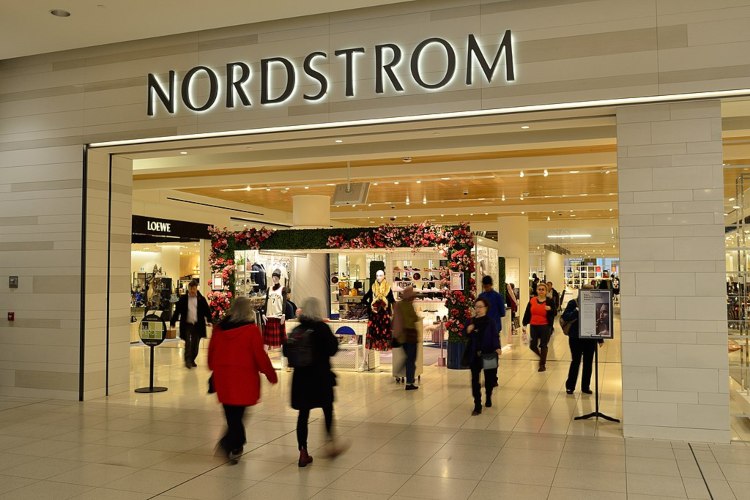
What used to be the pinnacle of high-end shopping for many might be becoming a thing of the past. Now up against stiff competition boasting cheap fashions and online shopping, it seems that the thing that Nordstrom was most famous for—five-star customer service—is no longer valued.
Steadily declining profits have forced three stores to close so far this year, one of which has been in business for nearly 60 years. With institutions like these closing their doors, it leaves us wondering what kind of store offering will take its place.
Macy’s
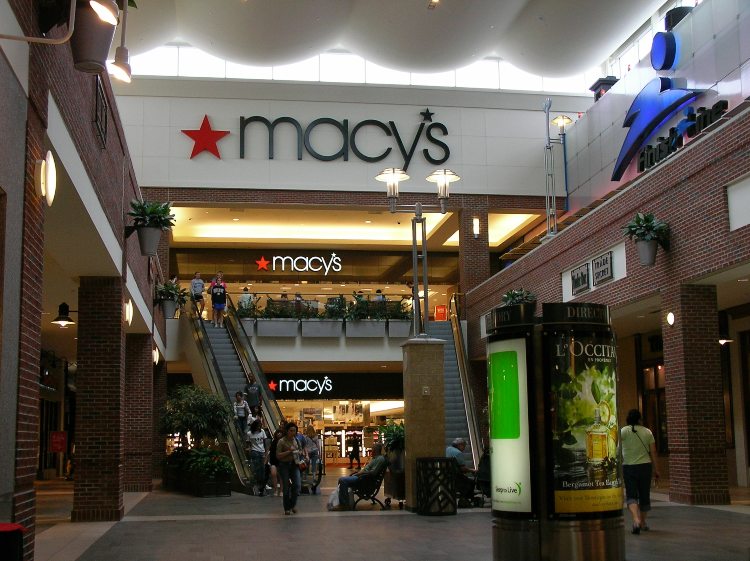
Macy’s has developed a new tradition in recent years–that of closing stores right after the holiday shopping season ends. Despite their long-standing tradition of excellent customer service and brand-name products, they just can’t seem to stay afloat.
Chief Executive Officer Paula Price indicated early last year that they would continue to close down stores in locations that were not operating in the black. If you want to stock up on items for this holiday season, you’d better get cracking.
Target

What? Trendy Target is losing money in this economy as well; the CEO and store managers are collaborating to cut costs where profits are being lost. Even this marketing supergiant is shaving off the top, as the movement toward e-commerce is having a significant impact on in-store sales.
Not to worry, RedCard fans…you will still have plenty of opportunities to use your card online and in stores that are currently operating. Target’s financial health is still not considered a dire situation, and it is unlikely that the whole company will go belly up anytime soon.
Kohl’s

Kohl’s is still head and shoulders above competing mall stores, yet the 2018 and 2019 holiday seasons were not what store management wanted them to be.
Despite the fact that many consider Kohl’s locations to be more accessible than other malls and chain stores, Kohl’s is forced to make some difficult decisions considering its future. Our advice? Check with your local Kohl’s store before attempting to shop, as you may find the doors locked.
Lord & Taylor
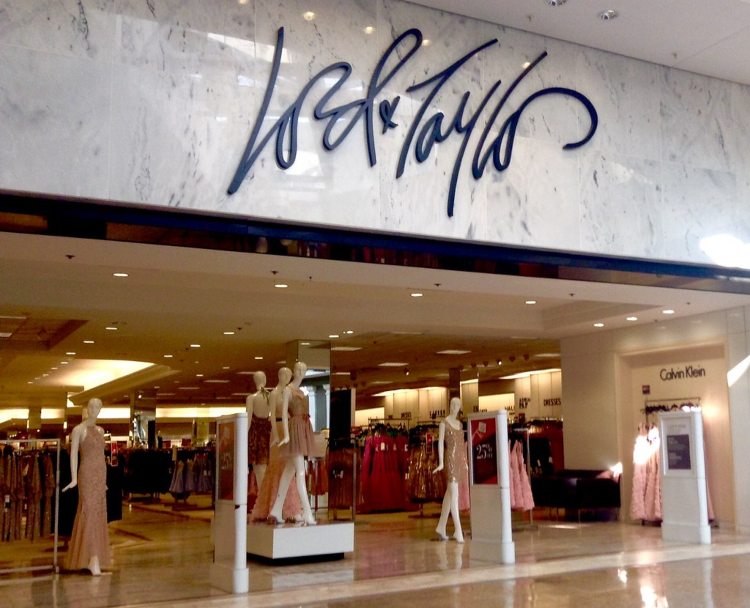
An iconic department store is forced to change with the times; Lord & Taylor’s flagship location on New York’s fifth avenue closed in late 2018, signaling changes ahead for its other store locations.
Lord & Taylor has been an institution for over 100 years, being one of the first stores to offer animated window displays that drew thousands of shoppers each year. With the advent of e-commerce and a preference for convenience, they will have to make some changes to their marketing strategy if they want to continue to run with the big dogs.
Topshop
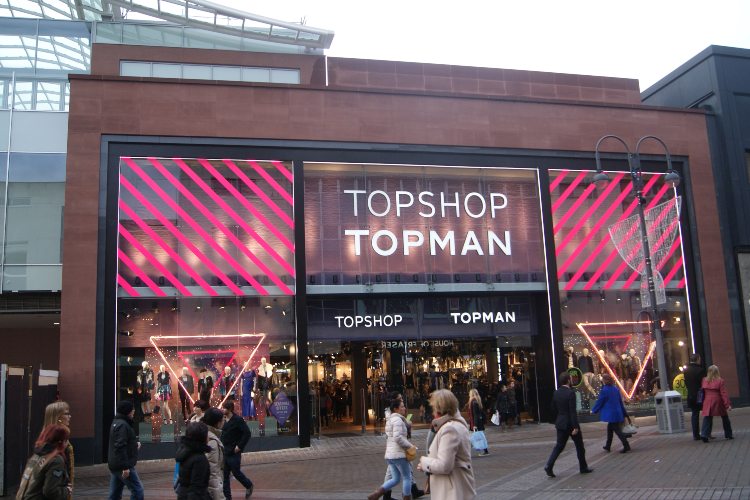
Topshop enjoyed a red carpet welcome when the British fashion chain opened in New York in 2009. Stars such as Jay-Z and supermodel Kate Moss endorsed the chain and helped to drum up business during its formative years.
Sadly, Topshop can no longer stay on top of changing fashion trends and financial demands; it is closing most of its American stores and focusing on its efforts to regroup in the middle of bankruptcy.
Walmart

As Walmart supergiant continues to close stores left and right, employees are left hanging up their vests and wondering where to go next. Even bargain prices and a commitment to selling just about everything are not enough to keep this national chain afloat; the millennial population tends to gravitate toward brand-name products with little regard for savings.
Call it what you will, but the younger generation needs their labels. Perhaps if Walmart brought in more brand-name products and apparel, they would see higher sales this holiday season.
J. Crew

Mall traffic is seriously slow these days, and this is bad news for stores that are dependent on sales like J. Crew and other mall-dwelling retailers. During a late May conference in 2019, store execs made the difficult decision to close over 20 stores nationwide.
Much to the dismay of male patrons, upper management also made plans to close The Liquor Store, a subsidiary of J.Crew offering upscale men’s merchandise. You’ll have to get your smoldering looks from J.Crew models when they pop up elsewhere in the fashion industry.
Southeastern Grocers

Supermarket chains like Winn-Dixie, Harveys, and Bi-Lo may not be nationally recognized names, but they are southern institutions for those who shop with them. Thanks to retail super giants like Walmart, Target, Sam’s Club, and Costco, these specialty stores simply cannot keep up with the competition.
After declaring bankruptcy last year, the parent company of these grocery store chains had to close down over 100 locations and is now slated to close more than two dozen more in the coming months.
JCPenney

With almost 100 years in business, a killer catalog empire, and millions of dollars in sales, JCPenney is also fighting for its retail life, much like its counterpart Sears. Shoppers feel that this traditional way of doing business is simply too archaic for their changing needs.
After a disappointing holiday season, JCPenney execs watched in horror as the company’s stock fell below $1 per share for the first time ever. They will be liquidating and closing stores one by one in an attempt to pay off debts, so if you are in need of clothing or household items, line up for some serious savings.
Christopher & Banks
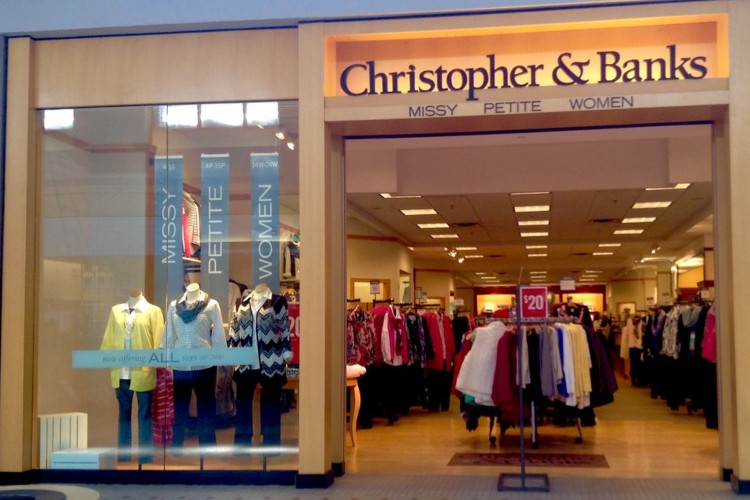
Keeping a business afloat is a delicate balance of marketing and sales techniques, and if things aren’t aligned with the stars, then it’s curtains for the institution.
Such was the case for the women’s clothing chain, Christopher & Banks, which has had to close over 50 of its 450 stores in the past two years. With more inventory than they can sell and prices that cannot compete with bargain fashion lines, it seems that their future seems dim.
Abercrombie & Fitch

Abercrombie, known for its ripped jeans and ripped models, is headed for financially troubled waters. The once smokin’-hot retailer for teens and young adults is hoping to make a comeback by downsizing and reorganizing its marketing efforts.
Larger stores will sadly close their doors, and with a return to simpler products and lower prices, the company hopes to save face in the wake of declining sales and popularity.
Francesca’s

Francesca’s line of women’s clothing and accessories is not seeing as much foot traffic as it used to. CEO Steve Lawrence feels it’s due to the fact that they’ve lost touch with their target market, and he is promising big things ahead in the way of advertising and rejuvenating the chain’s brand.
Even so, the company is slated to close more doors, already saying goodbye to over 40 locations in 2019. Their next move is toward e-commerce, where they hope to gain a more loyal following in the coming year.
Bed Bath & Beyond
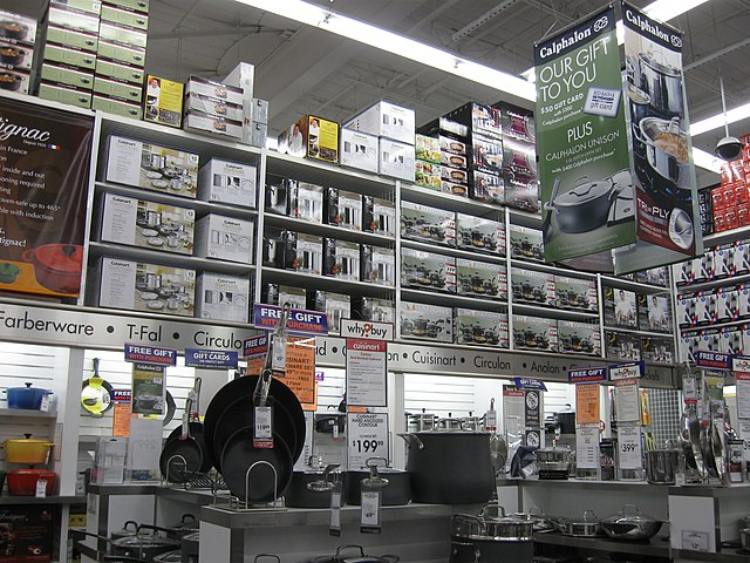
Despite the plethora of products, colors, designs, and tchotchkes in every Bed Bath & Beyond location, it seems that declining sales and a boom in e-commerce are affecting their stores as well.
One reason that B B &B is citing difficulties is due to rising rent costs for many stores; with added cost and fewer customers, they will likely be closing doors as the year rolls on.
Z Gallerie
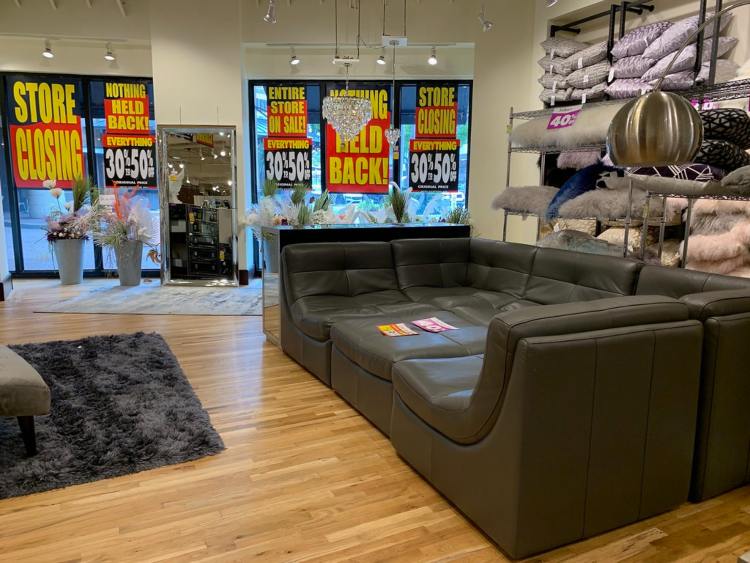
Although Z Gallerie declared bankruptcy in 2019, the upscale furniture store chain is hopeful that they can right the ship once more under the direction of their new CEO. With 44 of its stores now closed, that leaves 34 stores left to carry on the company’s operations.
The good news is, if you are looking for a new living room set, you can find plenty of their top-of-the-line furniture on liquidation sales. Take advantage of this opportunity to recreate your interior decor.
The Children’s Place

The Children’s Place was a veritable treasure trove of back-to-school deals, cute accessories, and the latest fashions for kids ages 0-10. Kids across the country looked forward to shopping for fresh fashions, backpacks, and all sorts of other kid-friendly deals.
Now, dear children, you’ll have to shop elsewhere, and not to worry–you’ll have plenty of choices both in-store and online at other retailers. Perhaps some Children’s Place inventory will end up there.
Party City
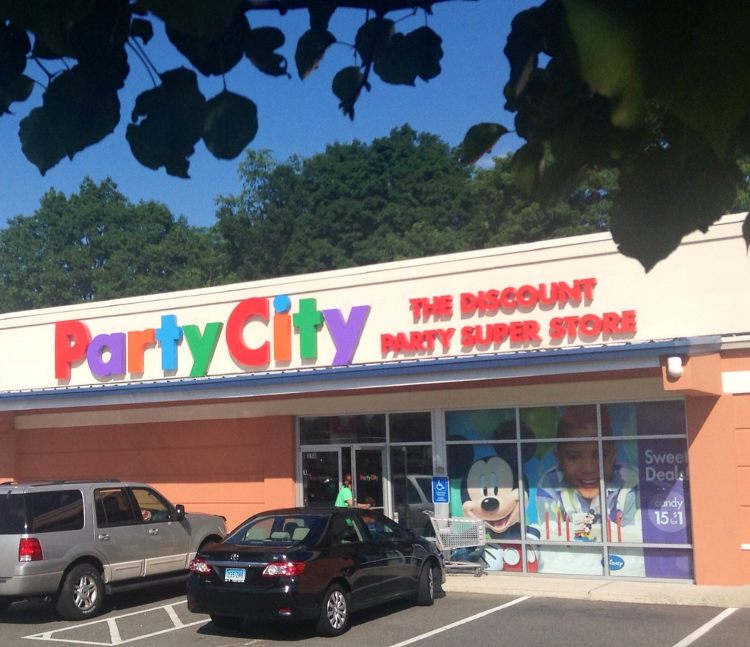
Lots of party poopers out there are predicting that due to Party City’s low sales, they will soon be a thing of the past. In order to keep the party going at most other locations, the company is set to close nearly 45 of its 870 stores to stay in the black.
One surprising reason for declining sales is due to the worldwide shortage of helium; who knew that the balloon business could be so lucrative? Here’s hoping they get everything up and running sometime soon so we can continue to enjoy our themed parties and glitzy decor.
CVS Pharmacy
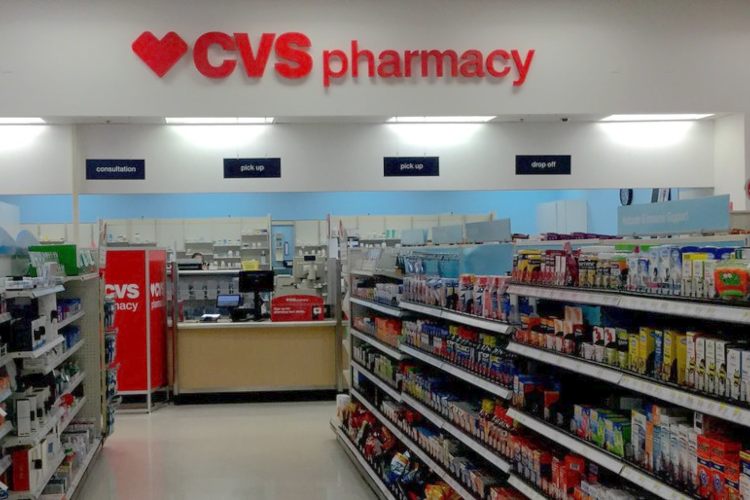
In a world where pharmaceutical sales seem to be booming, it’s surprising that corner store CVS is choosing to scale back a bit. The company boasts an impressive 9600 stores nationwide, yet some are consistently underperforming despite their choice of location in most cities.
One such cut included a monster 64,000 square-foot CVS empire in Springfield Missouri. This will no doubt leave shoppers in the lurch, looking for a similar store where they can pick up everything from prescriptions to stuff for the kitchen sink.
Kmart
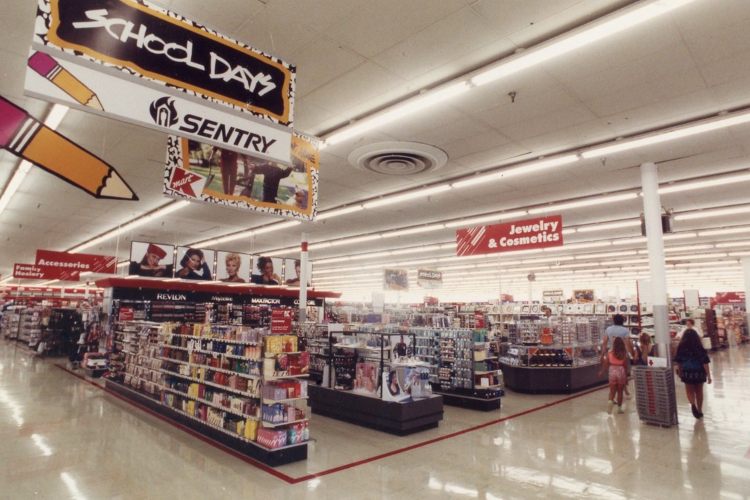
Once known as one of “the big three retailers” along with Walmart and Target, Kmart will be bidding adieu to sales and hello to liquidation, as it has taken a back seat to trendier shopping options.
Kmart has dwindled from 2200 stores in 2000 to less than 360 nationwide, leaving investors and parent company Sears scrambling to clean and tidy up the dying enterprise.
Lowe’s
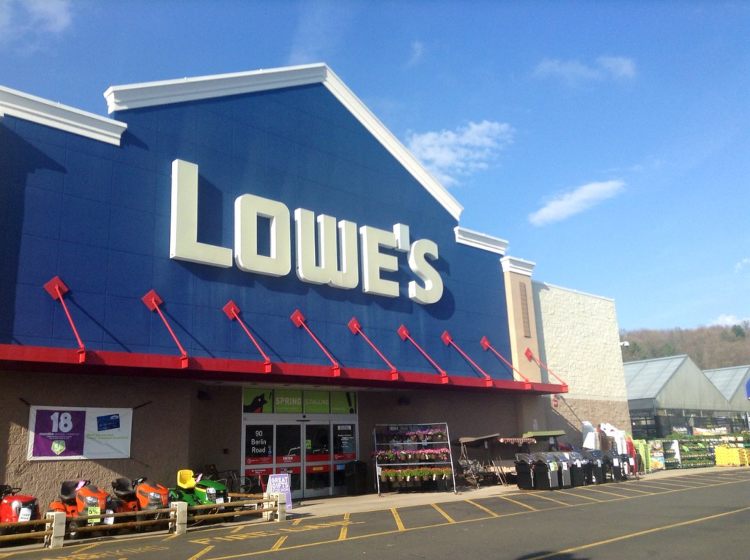
Lowe’s is known as a premier home improvement retailer; with over 2000 locations worldwide, they have enjoyed consistent growth and steady sales despite dreary pandemic conditions.
Even so, CEO Marvin Ellison is choosing to close some locations, particularly those that are in close proximity to one another. “Downsizing is just another part of building a stronger business,” he says. We are cautiously optimistic that they will continue to operate with the same gusto that they have in the past, yet we are now choosing a plan B for all of our home improvement needs.
Victoria’s Secret
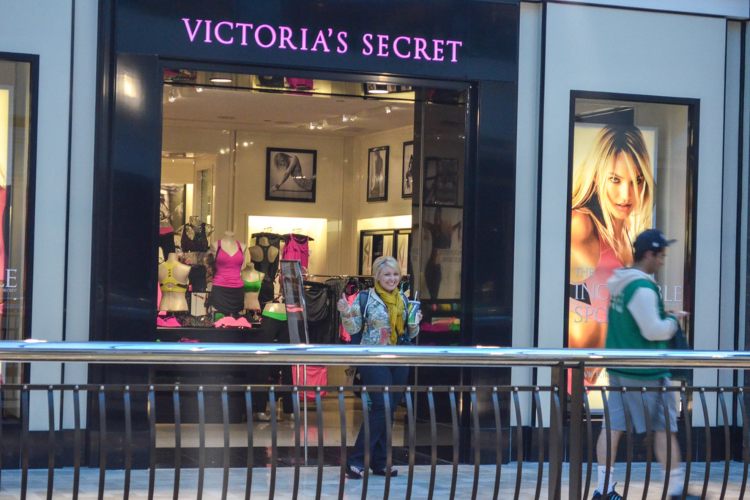
What is it about this once steamy brand that has recently gone ice cold? Perhaps it’s the styles that refuse to change from year to year, or the garish decor found in their stores. Maybe it’s stock that is ridiculously overpriced for what it actually is–underwear.
Whatever the reason, the company plans to close nearly 50 stores in the next year, reportedly three times the number in a typical year. The secret’s out, Victoria…you’ve gone from hot to not.
Office Depot

Pam Beasley might have run to the nearest Office Depot to grab toner on her lunch break, but that was then; we are shopping in a different world now. This office supplies retailer is not doing so well now that offices across the country have discovered the purchasing power of shopping online.
In a shocking three-year plan to close nearly 300 locations nationwide, the company is starting a massive reorganization campaign in hopes of avoiding bankruptcy. Here’s hoping it works.
Destination Maternity
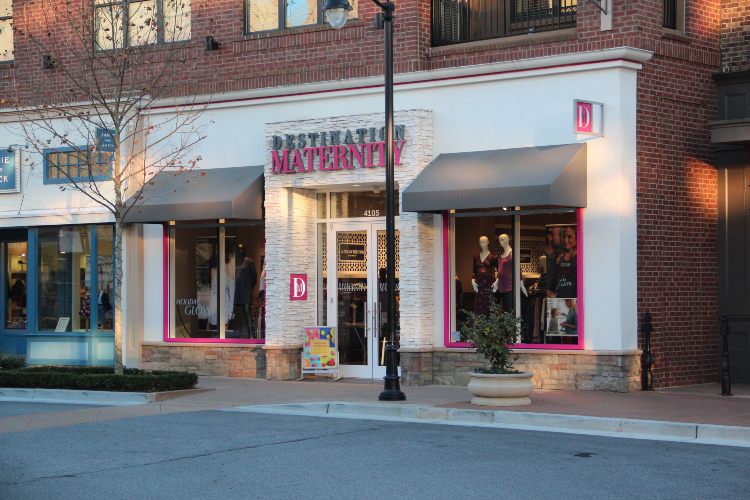
With stiff backs, swollen bellies, and cankles to boot, most moms-to-be would much rather shop for maternity clothes in the comfort of their home than by schlepping their unborn children to retail locations like Destination Maternity.
This chain, along with Motherhood Maternity and Pea In The Pod, are in danger of foreclosure, and with fewer mall patrons to support them, they are struggling to compete with online retailers. It makes sense—comfort is key, especially when you are in the throes of pregnancy.
Sears
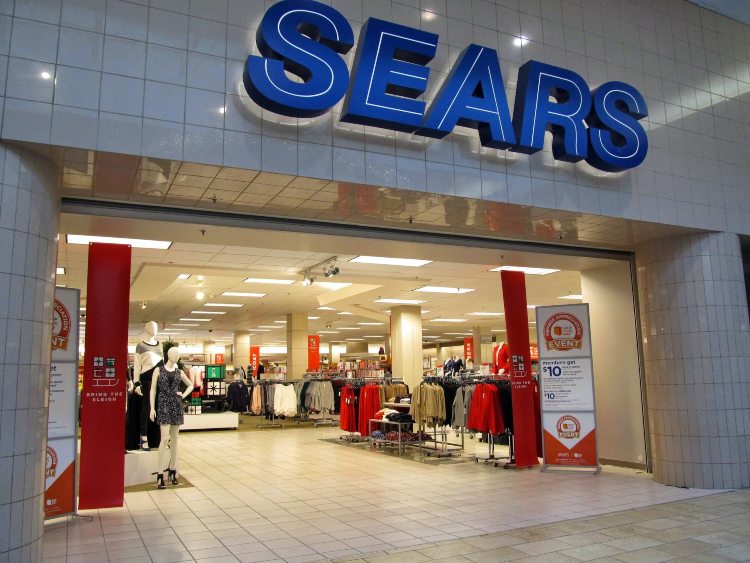
Things are not looking up for Sears; this retail institution filed bankruptcy in 2018 and has been attempting to clean things up ever since. Since their bankruptcy, they have closed 70 other locations, including the Sears location at the Mall of America, the largest retail center in the country.
Former CEO Edward Lampert has stepped in once more and is trying to clean things up with a hedge fund in hopes of saving the remaining 425 Sears and Kmart stores.
Performance Bicycle

Performance Bicycle is not performing well according to market analytics; the chain is holding liquidation sales of its more than 100 stores in 20 states. The company reached modest success after starting as a catalog business in 1981, yet has struggled to maintain its status since branching into stores.
Thanks to oppressive tariffs imposed due to a trade war, the company cannot seem to get its financial affairs in order. They simply can’t pedal their way out of this one.
Pier 1 Imports

What was once the epitome of style and innovation in home furnishings has become a thing of the past. The company was headed for bankruptcy as of 2019, with little hope for a turnaround in sight.
The company has already closed 45 stores nationwide, with another 100 soon to follow if they can’t figure out how to get out of the papasan mess they’ve made of the company. If you want giraffe-scented candles, you’ll have to look elsewhere.
Signet Jewelers
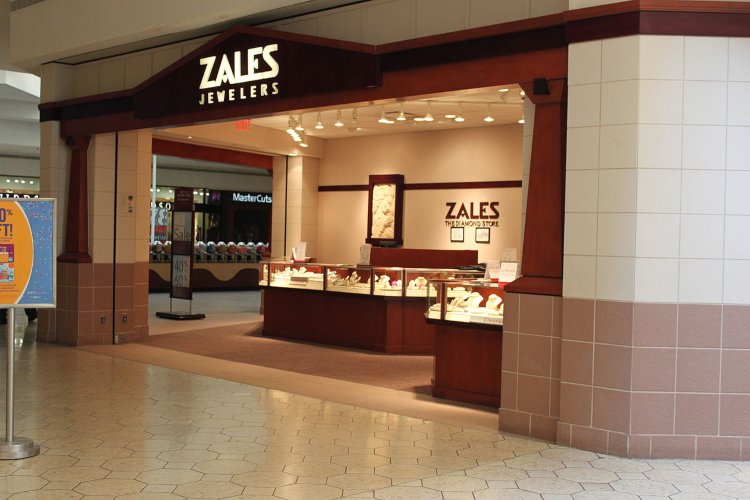
Signet, the world’s largest jewelry retailer, is the parent company behind known jewelry brands such as Kay, Jared, and Zales.
Thanks to a less-than-sparkly holiday season, the company is closing nearly 150 stores worldwide in an attempt to lower costs and maintain a strict bottom line. One of their newest marketing strategies is to pull out of dying mall locations, setting up shop in free-standing stores.
Starbucks

You can’t swing a mug around on some street corners without hitting a Starbucks. Once popular with millennials and the younger crowd that were dependent on bitter brown nectar to make their worlds go round, franchises have become so overpopulated in some locations that certain stores have become inefficient at making profits.
The company plans to weed out stores with inconsistent profits and focus on a marketing strategy that allows for steady growth and possible expansion to underpopulated places. Here’s hoping they can continue to deliver the juice to those of us who look forward to a cuppa joe each morning.
LifeWay Christian Stores
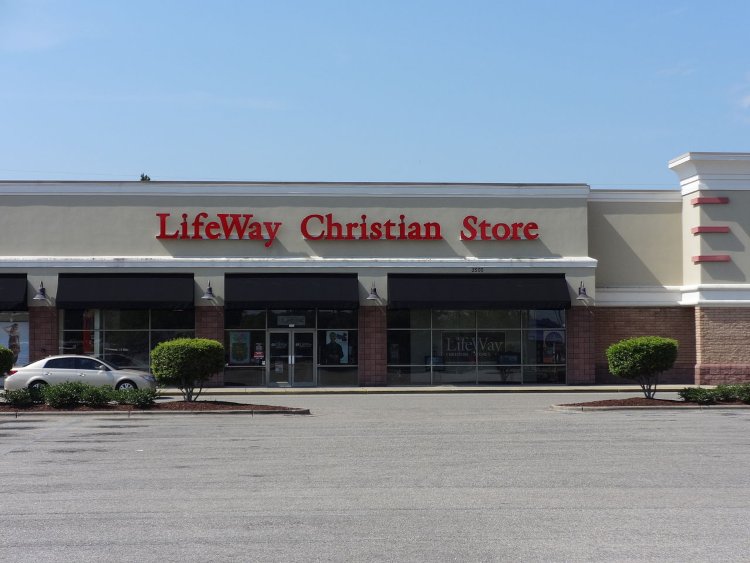
Not even a prayer could save the LifeWay Christian Store chain; they have recently announced that the entire chain of religious-themed bookstores will be closing across 30 states.
Now that its brick-and-mortar locations have gone belly up, LifeWay is choosing to focus on its Evangelical movement toward online sales. Maybe this divinely inspired move will bring in more loyal patrons.
Things Remembered

If you want your bracelet, your favorite blankie, or even your pet engraved, you take it to Things Remembered. The specialty company also dapples in embroidery and personalization that makes even the most ordinary household objects meaningful and special.
Not much thought is being given to Things Remembered these days, however; the chain will be closing nearly 400 stores nationwide. They are selling the rest of their inventory to Enesco, a popular maker of Disney figurines and other collectibles.
Gap

Gap used to be the coolest store in the mall; you could stock up on tees, shirts, jean jackets, and the famed Gap jeans to complete your stellar look from one location.
Now? Forget about it—millennial shoppers would much rather shop at locations such as Target, H&M, and other fast-fashion stores to satisfy their needs. Gap is selling out to Old Navy, a much more stable and customer-friendly subsidiary that will be around for a while longer.
Chico’s
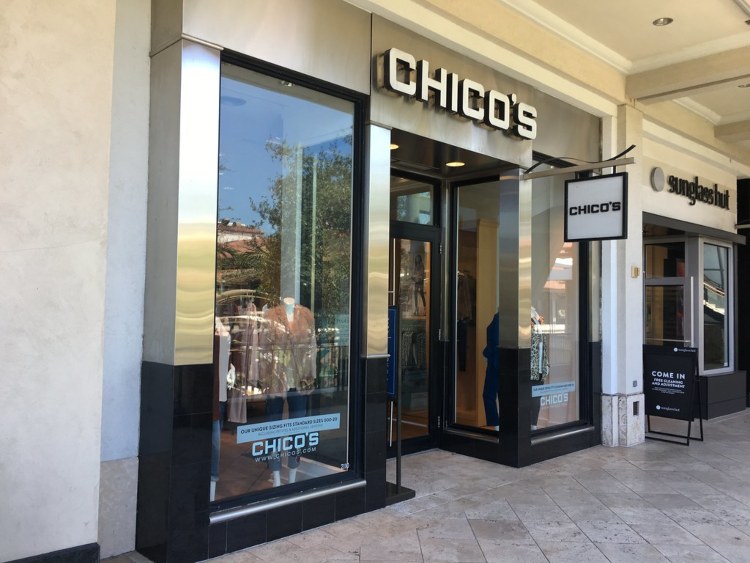
Chico’s is a brand that just can’t keep up with online shopping; and their philosophy is, “If you can’t beat ‘em, join ‘em”. They have joined forces with Amazon and QVC, and are pushing their inventory out online.
Chico’s will soon close nearly 250 locations over the next three years, so if you favor Chico’s fashions or those found in sister stores like the White Black House and Soma, you’d best get online and check them out.
Charming Charlie

Charlie’s not so charming anymore—this retailer of handbags, sunglasses, jewelry, and other accessories has filed bankruptcy twice since December 2017, and plans are to close all 38 locations by the end of August.
When citing reasons for bankruptcy proceedings, company executives state rising operating costs and declining sales for the poor performance. Sorry, Charlie.
Fred’s

Fred’s retail pharmacy chain is on the fritz; despite their efforts to facilitate steady growth and consistent profits, they could not rise to prominence like their competitors, Walgreens, Rite Aid, and CVS.
Fred’s has attempted mergers with other pharmacy chains in an attempt to save face but has not yet been successful. We fear that this is the end for Fred’s.
Shopko
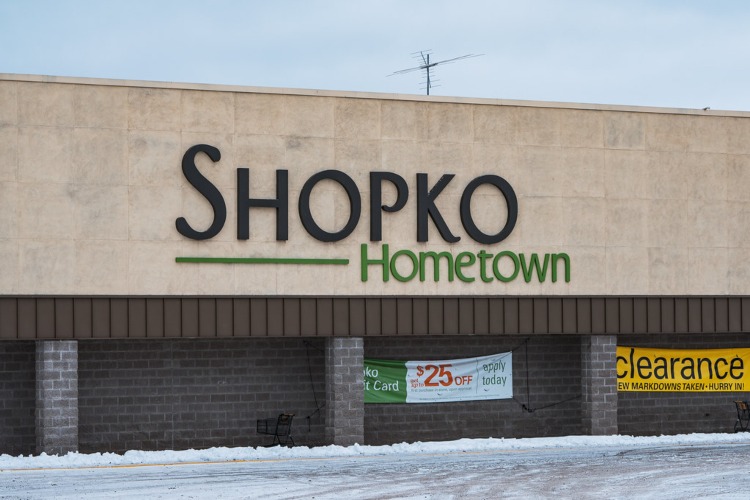
A steady stream of poor planning, poor decision-making, and poor purchases have left some serious holes in Shopko’s financials. After executives attempted to buy out more than 120 locations in hopes of renovating and re-branding, the task seemed too great to take on.
Once a prominent retailer across the Midwest, Shopko’s profits have been steadily dwindling since the mid-90s, particularly with the introduction of Amazon locations across the country.
Family Dollar
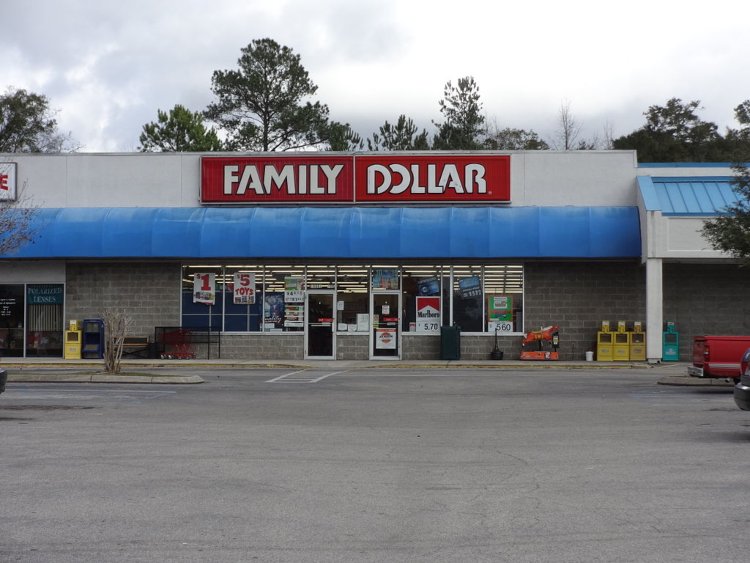
Dollar stores have some hidden gem-like deals sprinkled throughout their stores, and savvy shoppers can take advantage of bargain deals on everything from household wares to clothing and beyond.
Unfortunately, Family Dollar has no choice but to merge with Dollar Tree, as a series of unwise fiscal moves have put the company in jeopardy of declaring bankruptcy. This last-ditch effort to stay afloat will not come without its consequences; over 390 stores will be shut down this year, and another 200 are set to be converted into Dollar Tree locations.
Charlotte Russe
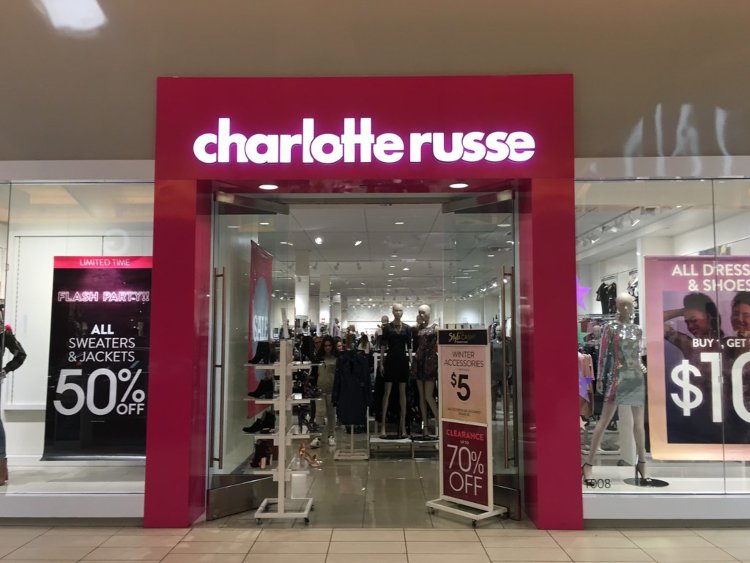
Charlotte Russe has been a popular women’s clothing outlet since the mid-70s. While most stores are changing products and decor to fit the times, Charlotte executives dug in their heels and refused to change many of the business practices that made them popular in the first place.
Their corporate website recently announced that all 500 store locations would be shutting their doors, leaving loyal patrons wondering when they can see a return of similar fashions in a more appropriate and current setting.
Dressbarn
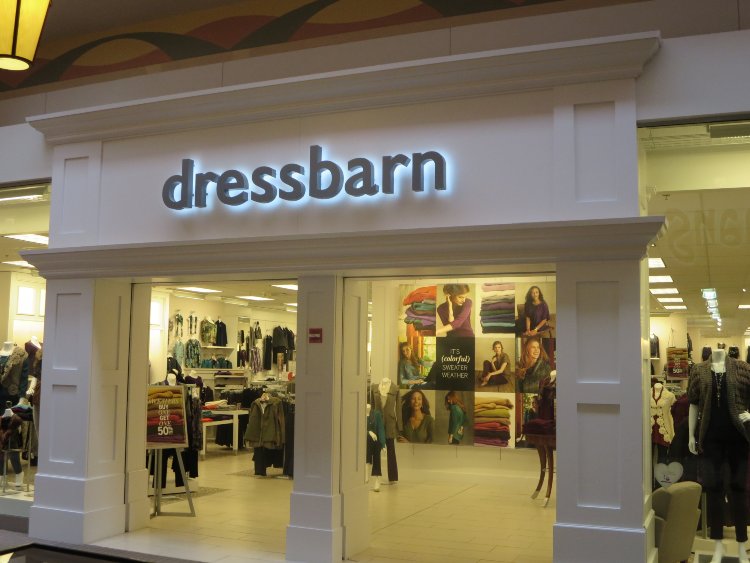
Ladies, does it really make you feel good to know that you purchased a dress at “The Barn”? Parent company Ascena is having to make some serious cuts lately, and they are tightening their belts on this chain as well as sister stores Ann Taylor, Loft, and Justice.
Many Barn customers are choosing to shop online these days, and who can blame them? Why head to the strip mall when you can shop at home in the comfort of your pajamas? No barn is needed.
Gymboree
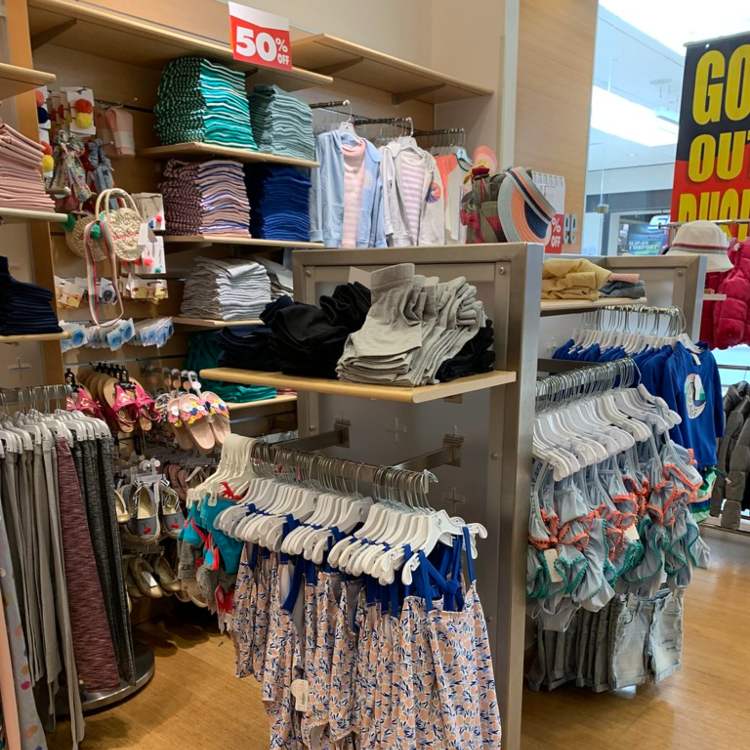
Retail clothing store Gymboree has played a good game, but they’ve officially lost the ball. Once catering to butterball babies and cute-as-a-button toddlers, the chain has struggled with bankruptcy and financial issues since 2017, and they have recently announced that they will be closing all 800 store locations.
Where to shop for kid’s clothes now? Kids clothing experts suggest Amazon, Target, Walmart, and even consignment stores for secondhand clothing. After all, your precious little one will wear that cute outfit for five minutes before growing out of it. Don’t spend too much!
Payless Shoe Source
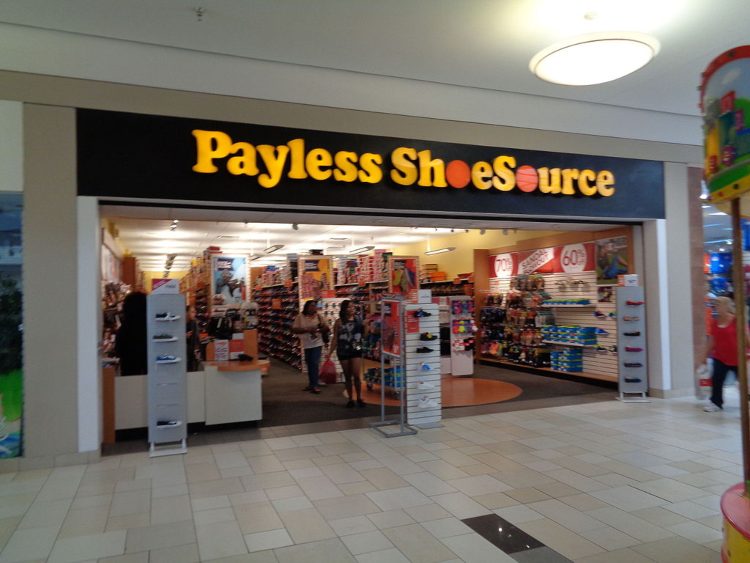
Once regarded as THE place to get a great deal on shoes, Payless no longer cuts the mustard. Now they have trouble competing with online retailers, as well as fashion giants such as T.J. Maxx, Kohls, and others.
The chain is officially closing 2,100 stores nationwide, and the plan for excess inventory is to sell off and filter through competing stores, larger retailers, and outlets across the U.S. You can still find your favorite pairs, although you may have to look a little harder to find them.
